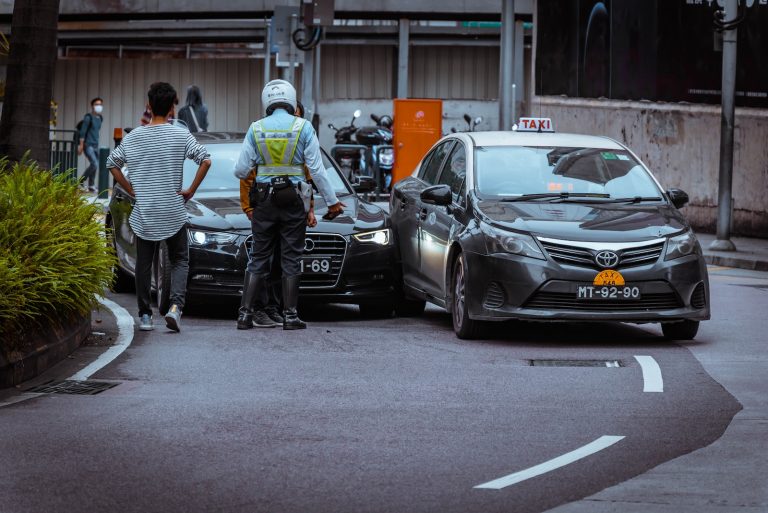In recent times, the proliferation of rideshare services has completely transformed the way people commute. With just a few taps on their smartphones, individuals can easily arrange transportation for themselves within minutes. However, accidents are always a possibility with drivers behind the wheel. When an accident involving a rideshare service occurs, it becomes crucial to understand how insurance claims are handled and the necessary steps for both passengers and drivers to take.
Story Stages
Understanding Rideshare Insurance Policies
Most rideshare companies tend to offer liability coverage for their drivers while they are actively working and logged into the app. This coverage generally includes protection against injury and property damage caused by the driver’s negligence. However, it is important to note that these policies may have a number of limitations based on specific circumstances and conditions. If you require further information about rideshare insurance policies, you can learn more here.
Determining Liability in Rideshare Accidents
Determining who is at fault in car accidents involving rideshare services can be quite complex and harrowing. A number of different factors usually need to be considered, such as whether the driver was responsible or if another party was involved in the accident. If an accident occurs while a driver is not logged into the app or during the use of their vehicle without any pending ride requests, their personal auto insurance policy is likely to come into play.
This is why understanding the stages of a rideshare trip is so important in determining insurance coverage:
- App Off: The driver is not using the rideshare app and is considered off-duty. During this phase, the driver’s personal auto insurance policy applies.
- App On: The driver has logged into the ridesharing app and is waiting for ride requests. Ridesharing companies provide liability coverage during this period. If another driver causes an accident during this phase, their insurance coverage will generally be applicable.
- En Route: The driver accepts a ride request and proceeds to pick up passengers. Comprehensive liability coverage provided by the ridesharing company is usually in effect from this point until the passenger safely exits the vehicle.
Insurance Coverage Gaps
Rideshare drivers may encounter situations where there are gaps in insurance coverage. For instance, if an accident happens while the driver is waiting to pick up a passenger but hasn’t accepted a ride request yet, they may have limited coverage under both their auto policy and the ridesharing company’s contingent liability coverage. It’s crucial for drivers to understand these gaps in their coverage. Additional or private insurance policies could provide coverage for these situations that may arise during rideshare trips.
Reporting an Accident
If you find yourself in an accident while on a rideshare journey, both passengers and drivers should follow these steps:
- Ensuring Safety: First and foremost, prioritize everyone’s safety and contact emergency services if necessary.
- Exchanging Information: Collect contact details, insurance information, and phone numbers from all parties involved, including any bystanders who witnessed the incident.
- Documenting Evidence: Capture photographs of the accident scene, damage to vehicles involved, and any visible injuries sustained by individuals.
- Reporting the Incident: Notify both your auto insurance company and the rideshare company promptly about the accident. Be prepared to provide all available information to expedite the claims process.
- Seeking Legal Guidance if Needed: If you are unsure about navigating through insurance claims or feel unfairly treated during discussions with either insurance provider, seeking advice can help safeguard your rights as a driver or passenger.
Conclusion
Car accidents involving rideshare services can be distressing experiences for everyone involved. Understanding how insurance companies handle these accidents is crucial in ensuring compensation and support. To smoothly navigate through the complexities of rideshare insurance, individuals should take steps to familiarize themselves with insurance policies, understand liability factors, stay aware of all the different stages during a trip, proactively address any potential coverage gaps, promptly report accidents, and seek legal advice when needed. By doing so, they can protect their rights and interests effectively.
